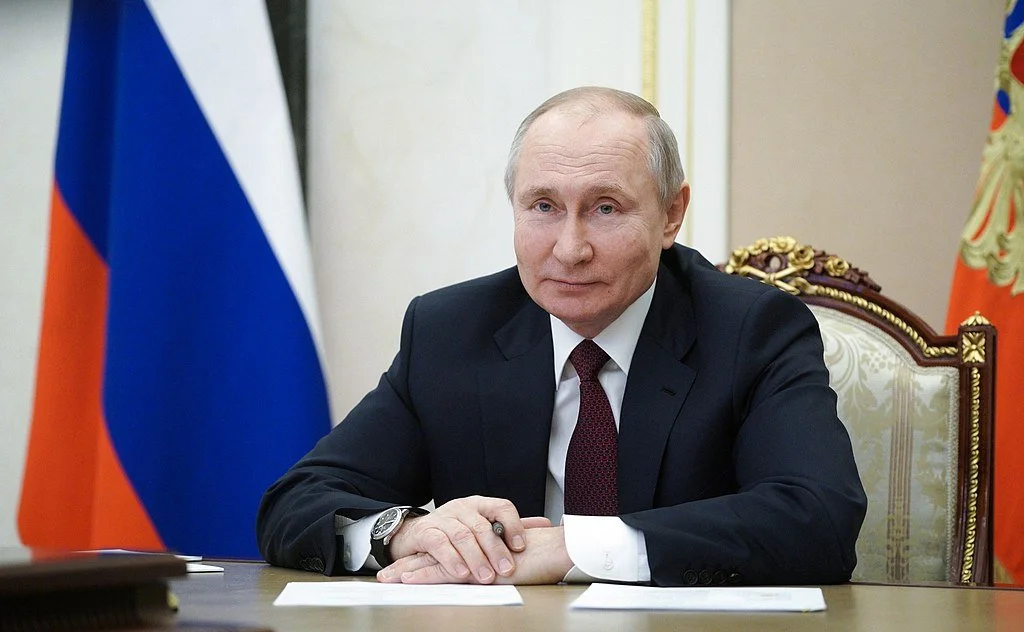How Vladimir Putin Rigged His Reelection
President Putin will likely glide to reelection this weekend (Wikimedia)
Russians went to the polls from March 15 to 17 to elect the President of the Russian Federation for a six-year term against a backdrop of economic sanctions and the ongoing Russian invasion of Ukraine. Vladimir Putin won another term as President with over 80 percent of the vote. However, international observers and Russians alike already knew beforehand that Putin was set to win another term in the electoral autocracy months before a single vote was cast. Here is how Putin stacked the electoral deck to glide to reelection.
In the near-quarter century that Vladimir Putin has governed Russia as President or as Prime Minister, he has consistently consolidated his power. On the foreign-policy front, he has led a two-year invasion of Ukraine. On the domestic front, he has suppressed the free press and manipulated elections.
This cycle, the Kremlin issued a simple directive to poll workers across the federation: “The goal is simple: to give 80-plus [percent] in the presidential elections” to Vladimir Putin. To do that, the Kremlin would have to control who would get spots on the ballot and then drive turnout high enough to show support for Putin’s regime.
Putin is facing just three other candidates on the ballot, whittled down from a list of 33 and all pro-Putin to some degree: Leonid Slutsky of the right-wing populist LDPR party, the Communist Party's Nikolay Kharitonov, and Vladislav Davankov of the centrist New People party. Two prominent opposition candidates, anti-war politicians Boris Nadezhdin and Yekaterina Duntsova, were removed from the ballot by the Central Election Commission (CEC) due to “irregularities” in their applications and signature gathering.
Nadezhdin protested and appealed his removal from the ballot to no avail. He later expressed outrage at the CEC, saying "You are refusing me, but tens of millions of people who are hoping for change were going to vote for me. I'm in second place after Putin, I'm gaining double digits in the polls.” Despite such complaints, neither of Nadezhdin nor Duntsova will appear on this weekend’s election ballots.
With the opposition silenced, the Kremlin turned to driving higher turnout to show popular support for the regime. They expanded the number of polling places abroad and to areas under Russian occupation in Georgia and Ukraine. Additionally, the election will be held over an entire weekend to increase turnout.
Russians face significant pressure to vote. State employees allegedly must show proof of voting to employers, and citizens are also incentivized to vote with ferris wheel rides or chances to win prizes. In addition, the recent introduction of electronic voting could allow Kremlin officials to add phony votes in addition to traditional ballot-box stuffing.
These measures in Russia reflect a wider trend in electoral autocracies: the ruler’s legitimacy stems from a belief that their elections are legitimate, but their continued rule necessitates controlling the conduct of those elections so they never lose. For observers of elections, the predetermined outcome may not seem significant, but, says Oxford University Professor Ben Ansell, “they might matter for the ruler to be able to know more about their citizens or know more about their rivals, or to try and legitimize themselves with other countries.” Only time will tell if Putin’s reelection will legitimize his continued rule.

